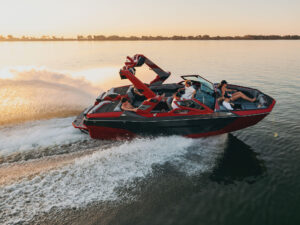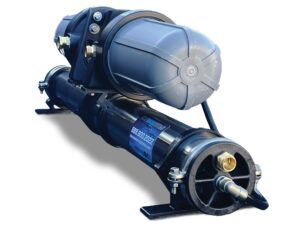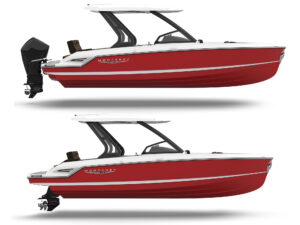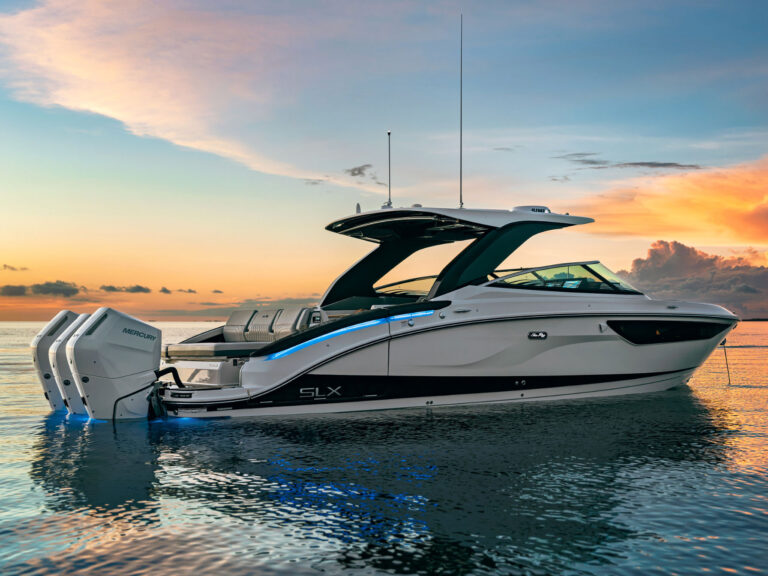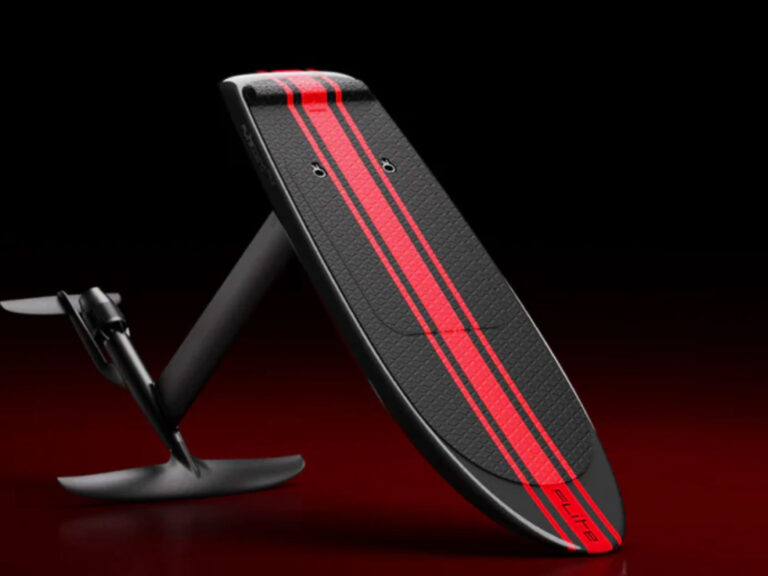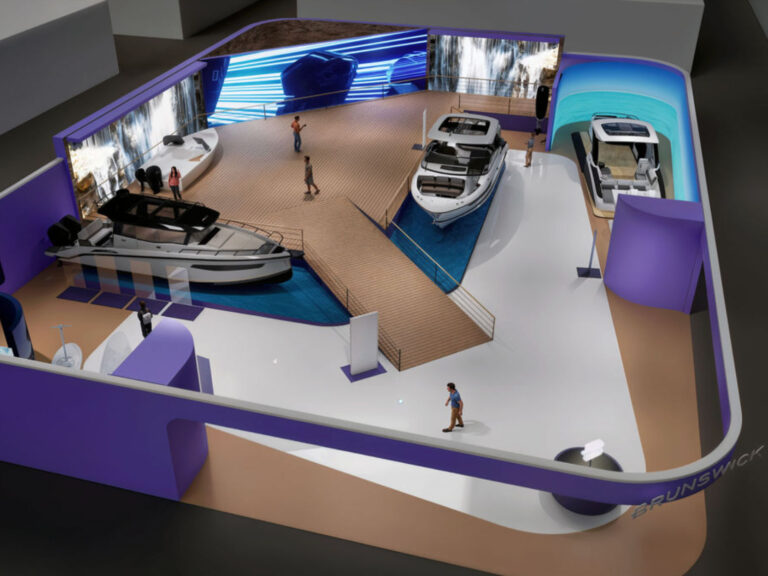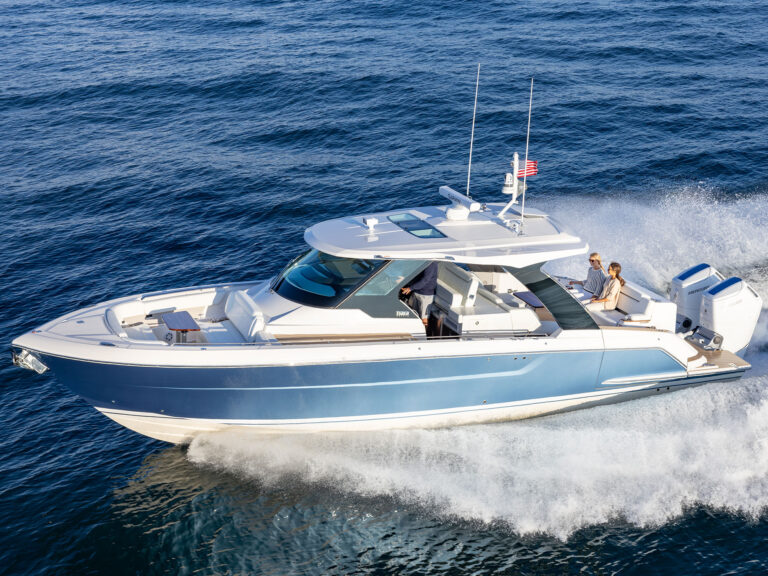
Stereo systems abound, but not all are cut out for the rigors of boating — even if they did come factory-installed in your vessel. It’s a damp, wet world out there, and an open environment with lousy acoustics that’s not at all conducive to volume and sound quality. Rebranded automotive equipment, or cheap systems with minimal capabilities just won’t cut it, especially for those who truly appreciate music. If you’re investing for the long-term, better to choose brands with a verifiable marine pedigree.
One brand that stands out to us is Roswell. We’ve seen firsthand the quality of their components, the fastidiousness of their build, and their dedication to the marine industry. Even the best equipment, however, needs to be paired with the right accessories and careful, well-thought-out installation. Often, the latter task starts with speaker placement.
For best sound quality and volume, speakers should be mounted as high as possible and directed at the ears of the passengers listening. Avoid speaker pairs that point at each other; they’ll simply cancel out each other’s sound. Instead, staggered positions typically work best. That can be a challenge with many boats. “With older boats especially, speaker placement was sort of an afterthought,” notes Roswell’s Colin Brumbaugh. “Unless you want to do extensive fabrication, you’re kind of stuck with the stock speaker location.”
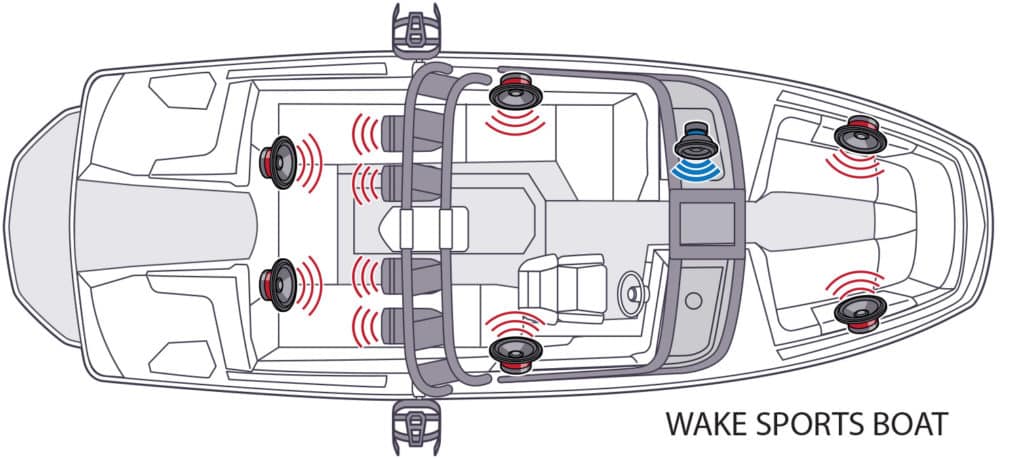
Optimal placement of speakers makes a world of difference in the quality of the sound from your marine stereo system. Use this guide to choose the right speaker mounting locations.
One suggestion if you’re handy is to fabricate angled base plates out of marine lumber like StarBoard to point the existing speakers in the desired direction. Another is to invest in speakers with directional tweeters. Roswell offers several models, including the Elite, that allow the tweeter to be rotated up to 180-degrees to focus their sound in a desired direction. Getting the sound where intended makes a notable difference.
As to further improving sound quality, the best answer is often an amplifier. Most stock radios feature a built-in, low-power amp that’s quickly pushed beyond its limits. For those who are serious about sound quality, Brumbaugh notes a good head unit and a good amplifier are equally important. To enhance the low, bass notes, consider the addition a subwoofer. Not dependent on direction, a subwoofer can be placed in a wide variety of locations, including a stowage locker. In all components, look for quality construction details like encapsulated circuit boards, gold-plated wire terminals, and tinned wiring to resist corrosion. Avoid paper speaker cones; polypropylene or other composites are better choices. Also look for durable housings that resist salt and corrosion.
Yet another consideration in today’s age of music in our phones and other electronic devices is Bluetooth compatibility. Chances are both captain and passengers have devices containing thousands of songs, and letting everyone have the chance to contribute to the playlist promises a wide variety of music. Many modern systems feature Bluetooth built in; should you need to add the capability, products like Roswell’s Cybox are an affordable solution. A compact Bluetooth 3.0 receiver, Cybox can be connected directly to an amplifier or solo as an auxiliary input. Once integrated into your system, it can communicate with any Bluetooth-enabled device within a 20′ radius.
For more information about Roswell marine audio products, visit their website.

